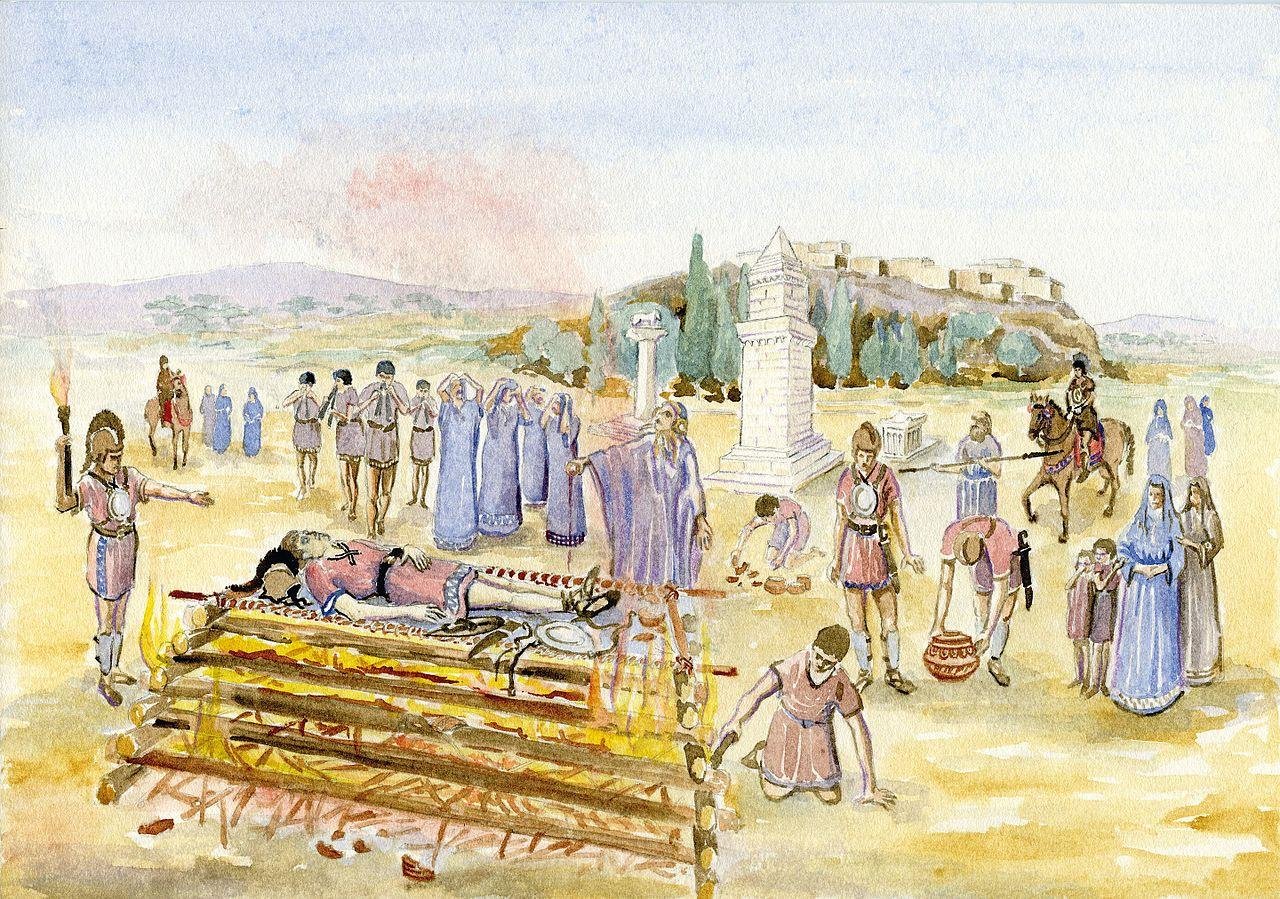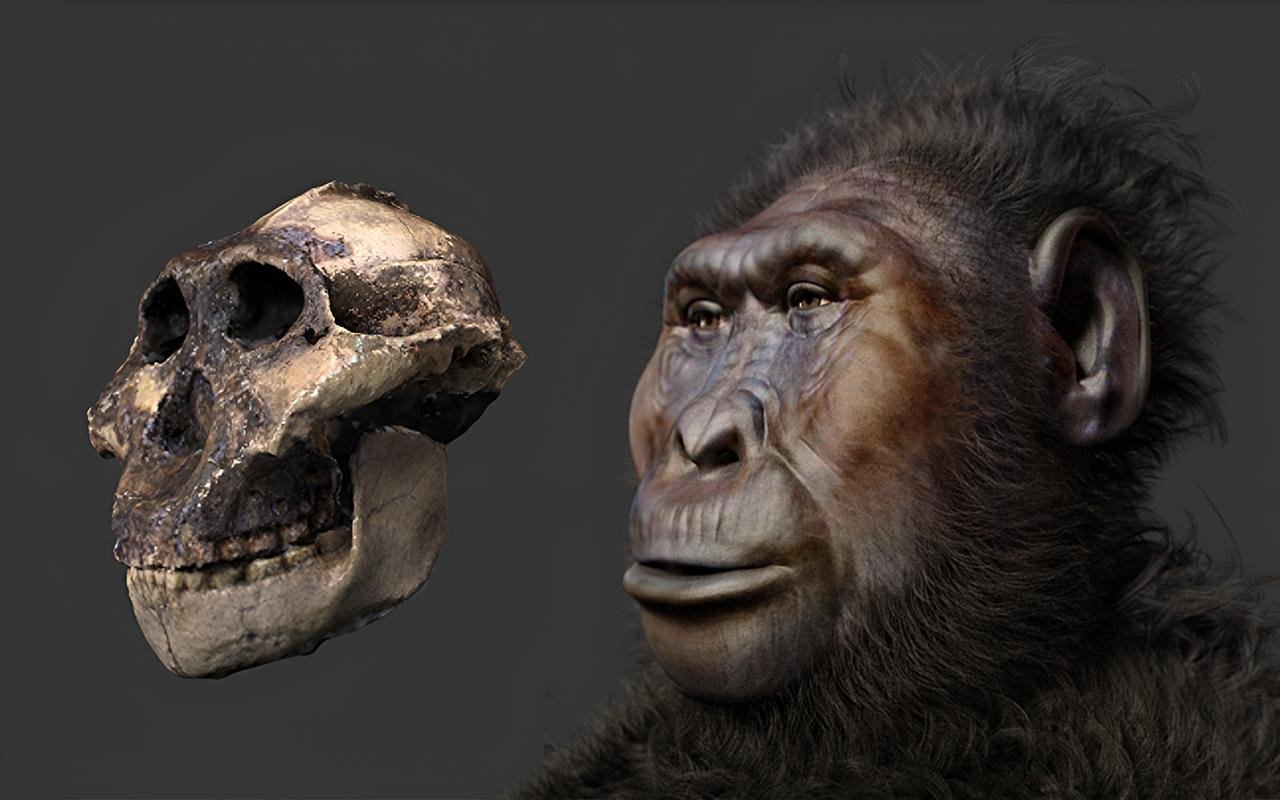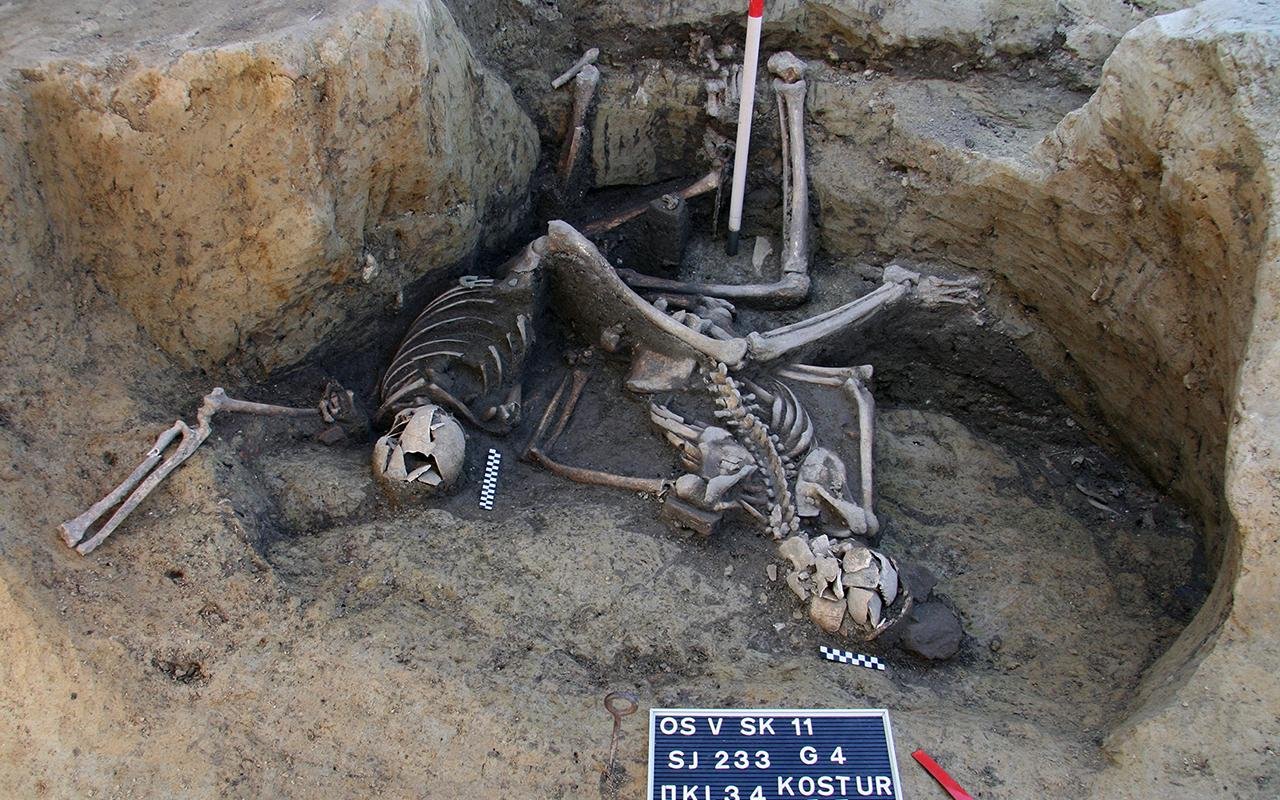Egyptian archaeologists made a significant discovery on Luxor’s West Bank, where they found three tombs dating back more than 3,000 years to the New Kingdom period (c. 1550–1070 BCE). The discovered tombs, which were uncovered in the Dra Abu el-Naga necropolis near the renowned Valley of the Kings, were those of non-royal elite officials who were influential members of ancient Egyptian society.
 Wall painting inside Amun-em-Ipet’s tomb depicting scenes of offerings to the gods. Courtesy of the Egyptian Ministry of Tourism and Antiquities
Wall painting inside Amun-em-Ipet’s tomb depicting scenes of offerings to the gods. Courtesy of the Egyptian Ministry of Tourism and Antiquities
According to Egypt’s Ministry of Tourism and Antiquities, the tombs were constructed for three men—Amun-em-Ipet, Baki, and one identified as “S”—who held important administrative and religious positions in the 18th and 19th Dynasties. The three were buried in an ancient cemetery dedicated to senior officials and temple staff, which explains the site’s location near major religious centers and the Nile River.
Amun-em-Ipet, who lived in the 19th Dynasty of the Ramesside period (around 1295–1186 BCE), worked in the temple or estate of Amun, one of the most important deities in Theban religion. His tomb consists of a small courtyard that leads to a square hall with a damaged niche at its end. Although much of the decoration has been destroyed over the centuries, the remaining wall paintings depict a funerary procession and banquet, scenes often ᴀssociated with the Beautiful Festival of the Valley.
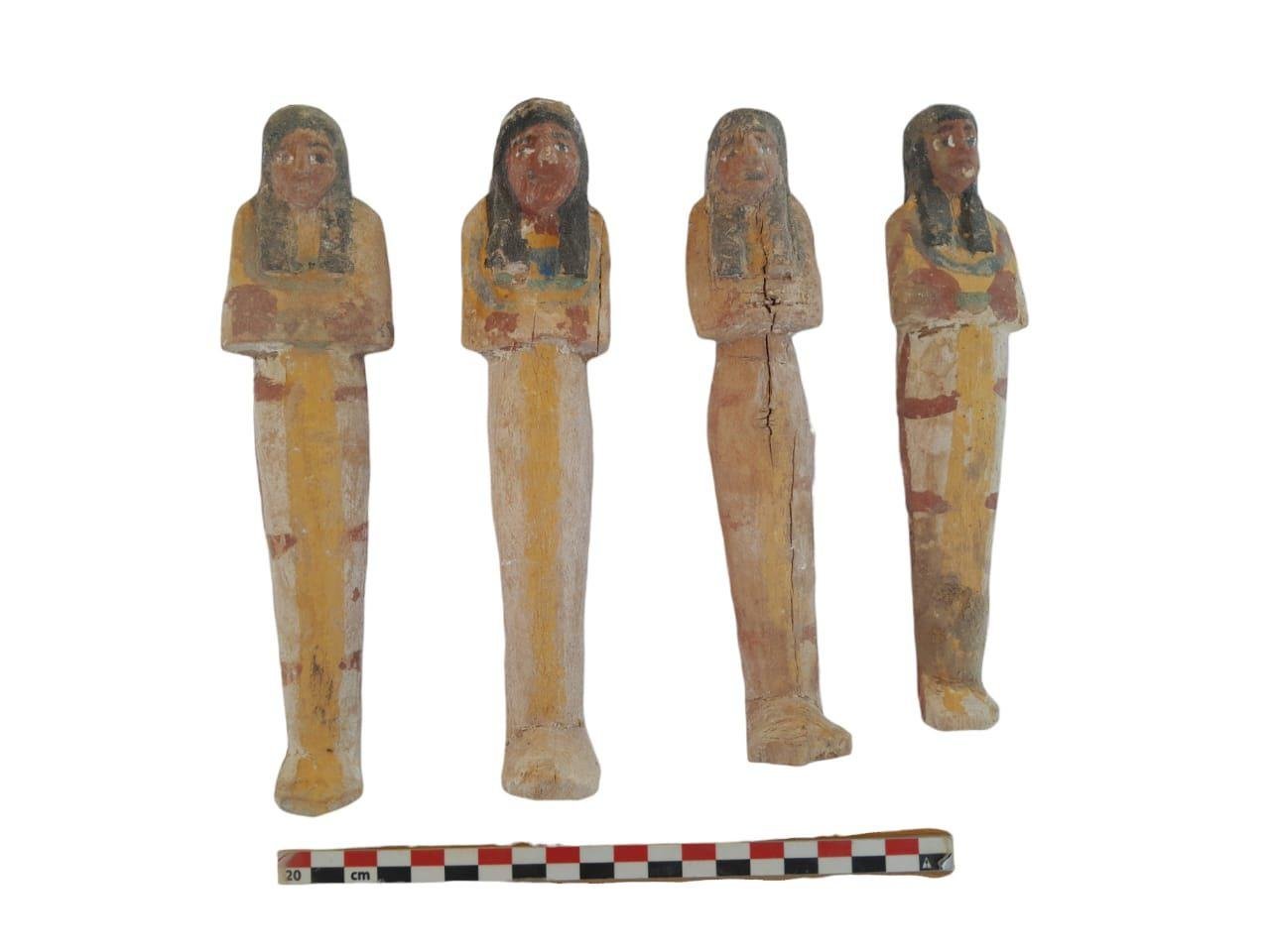 Various artifacts unearthed from the recently discovered tombs. Courtesy of the Egyptian Ministry of Tourism and Antiquities
Various artifacts unearthed from the recently discovered tombs. Courtesy of the Egyptian Ministry of Tourism and Antiquities
The other two tombs, dating to the earlier 18th Dynasty (circa 1550–1292 BCE), belonged to Baki, a grain silo supervisor, and “S,” a temple scribe, mayor of the northern oases, and overseer of the Temple of Amun. Baki’s tomb features two courtyards and multiple chambers, while the tomb of “S” includes a small courtyard, a burial shaft, and several unfinished rooms.
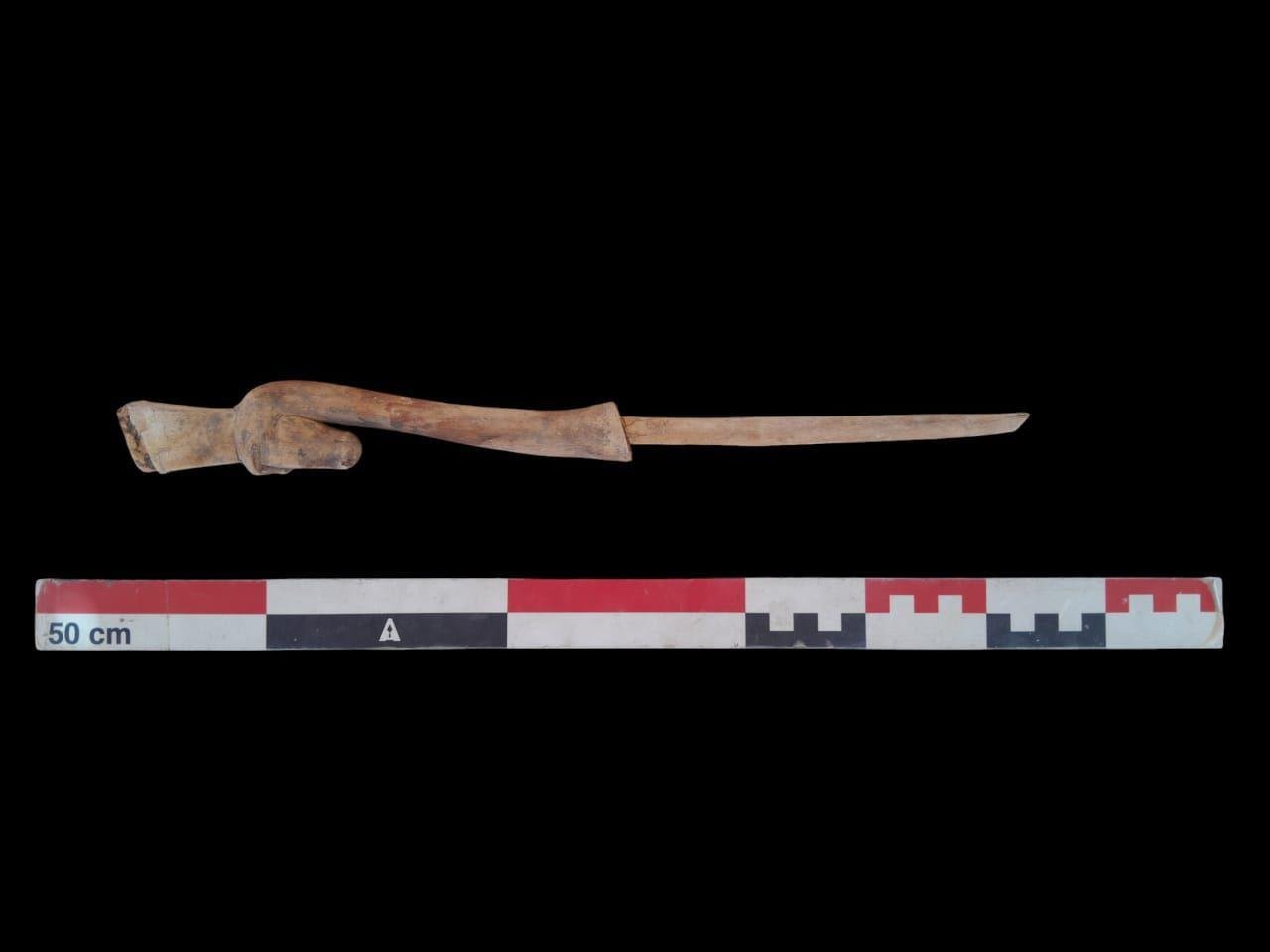 Artifacts recovered from one of the newly uncovered burial tombs in Luxor. Courtesy of the Egyptian Ministry of Tourism and Antiquities
Artifacts recovered from one of the newly uncovered burial tombs in Luxor. Courtesy of the Egyptian Ministry of Tourism and Antiquities
Among the objects unearthed were statuettes that have been identified as shabtis—miniature figures intended to serve the deceased in the afterlife.
The excavations were exclusively conducted by an Egyptian team, showing the growing capabilities and leadership of local experts in the country’s archaeological sector. “Completion of the excavation and cleaning works will allow us to understand the owners of these graves more deeply,” the researchers said in the statement.
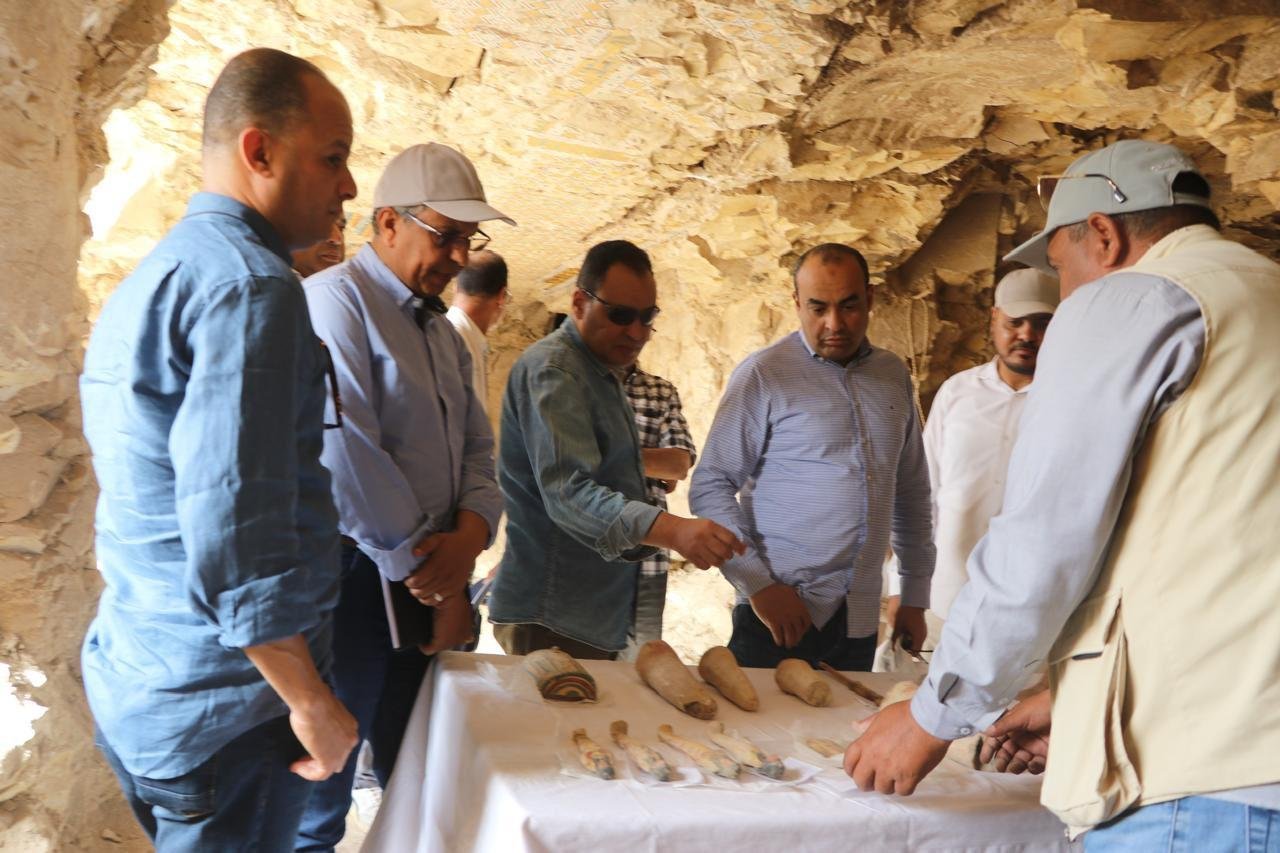 The discovery is part of a series of recent archaeological discoveries in Luxor. Courtesy of the Egyptian Ministry of Tourism and Antiquities
The discovery is part of a series of recent archaeological discoveries in Luxor. Courtesy of the Egyptian Ministry of Tourism and Antiquities
Mohamed Ismail Khaled, Secretary-General of the Supreme Council of Antiquities, confirmed that the tombs will be cleaned and examined further before findings are published in an academic journal. Work is ongoing, and additional information is expected as researchers examine the inscriptions and burial artifacts.
The discovery is part of a series of recent archaeological discoveries in Luxor, including the excavation in 2021 of the so-called “Lost Golden City” and the discovery this year of a royal tomb from King Tutankhamun’s dynasty.
More information: Ministry of Tourism and Antiquities.


